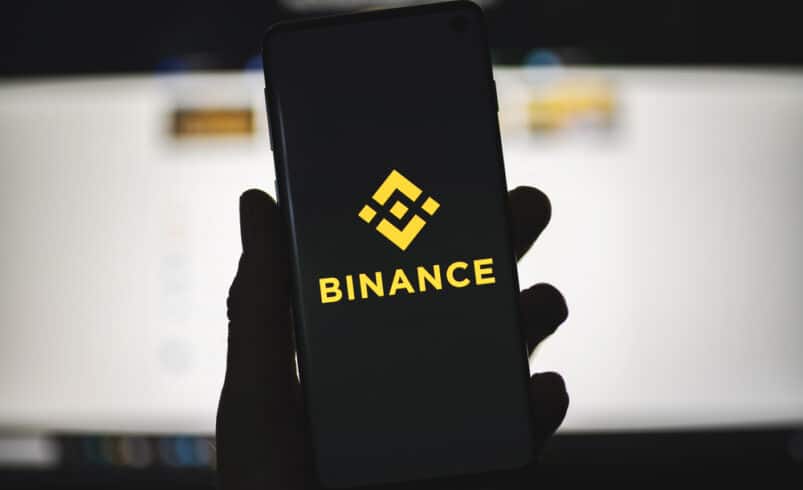What is Blockchain and How Does It Work?

Introduction
Blockchains are mentioned everywhere and it is impossible to not hear about top coins such as Bitcoin and Ethereum. This article sheds light on the basic aspects of a blockchain and how it operates.
What is Blockchain?
A Blockchain is a type of distributed ledger that allows transactions to be recorded among nodes spread all across the globe. Before the invention of blockchains making online transactions required depending on centralized intermediaries such as banks and clearing houses.
However, with the arrival of blockchains, people can make verified transactions using in a decentralized manner. Blockchains issue cryptocurrencies to denote the medium of exchange that is used instead of fiat currencies.
How does a Blockchain Work?
Blockchains are present in the form of nodes or copies of a software that any server or computer meeting the requirements can keep. In this manner, blockchains can avoid a singular point of failure and have various verified copies of the transaction records at any given time. Blockchains issue cryptocurrencies to users who can use them to make transactions.
These transactions are secured with cryptographic code that miners or validators decode to validate their authenticity. Miners and validators are incentivized to gain new tokens and transaction fee for verifying transactions. Every blockchain has a unique consensus model that standardizes the process of transaction verification.
Key Concepts of a Blockchain
Here are some defining components of a blockchain network:
Shared Ledger
Shared ledger is a type appendable record for a business entity. In this system, users are allowed to enter new transactions once. In this manner, the danger of repeated or duplicated entries is removed from the network.
Permission
Permissioned networks are the ones where anyone can participate and check the data and other particulars as a way to verify. Since blockchains aim to be decentralized therefore they also operate as permissioned entities that allow everyone to check and reconcile transaction records to eliminate any chances of foul play.
At the same time, to ensure data integrity, blockchain core infrastructure complies with the HIPPA and GDPR policies, whenever it is operating as a regulated project.
Smart Contracts
Smart contracts are automated protocols that are triggered when predefined conditions are met. Smart contracts are often added to the core infrastructure of a blockchain network to bring automation and increase efficiency.
Smart contracts are governance protocol on the blockchain systems that may allow transactions or other administrative actions when required conditions are met.
Consensus
As mentioned before every blockchain network has a unique consensus model. Some of these consensus models are proof-of-work, proof-of-stake, and proof-of-history, multi-signature, and PBFT among others.
Encryption
Blockchains use encryption technology to secure the transactions. The networks then use an assigned criterion to appoint miners or validators. The miners and validators need to solve the cryptographic puzzle and produce a key that can verify the correct transaction record and add it to a new block.
These miners and validators receive new tokens and transaction fee as reward for their efforts. Depending on the type of consensus model, the process of block generation can differ but at its core the basic idea remains the same with the presence of encryption technique to secure transaction records.
Decentralization
Blockchains are decentralized. Their decentralization has various criteria such as nodes, validators, transaction flow, and token distribution. Public blockchains opt for permissioned network structure to bring more transparency for their investors.
On the other hand, investors keep an eye on the verification channels and on-chain records to ensure that a blockchain network remains as decentralized as possible.
Scalability
Blockchain networks may have limited scalability and interoperability. However, many blockchain networks integrate layer-2 scaling solutions as a way to become more scalable without changing the core infrastructure of an underlying blockchain network.
On the other hand, blockchains can add new protocols or other types of updates on the mainnet to improve their interoperability feature and become more compatible with other blockchain networks.
Conclusion
Blockchains are considered one of the most important inventions of the 21st Century. Financial experts deem the technology to change the commercial and business makeup of the world in the upcoming decades.













